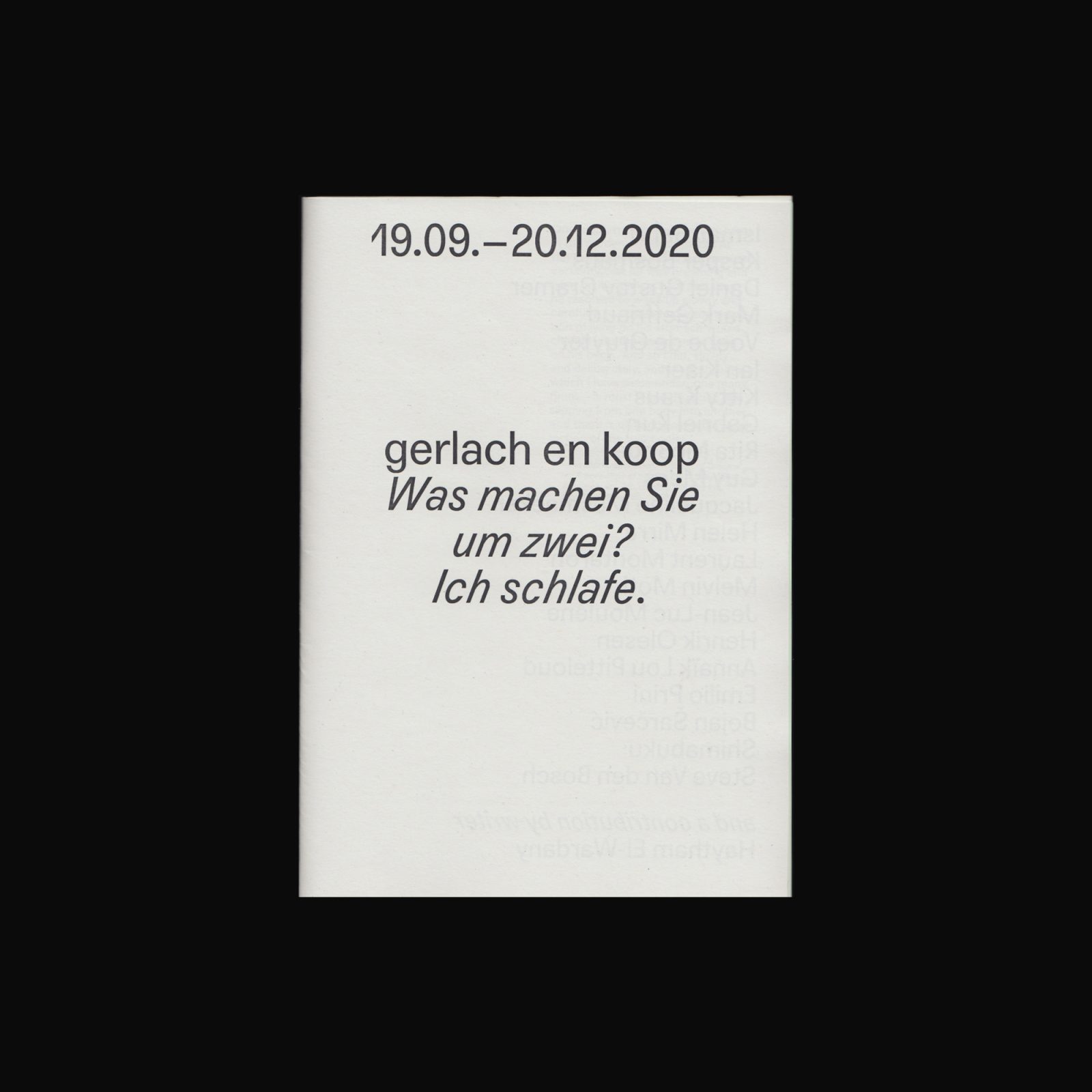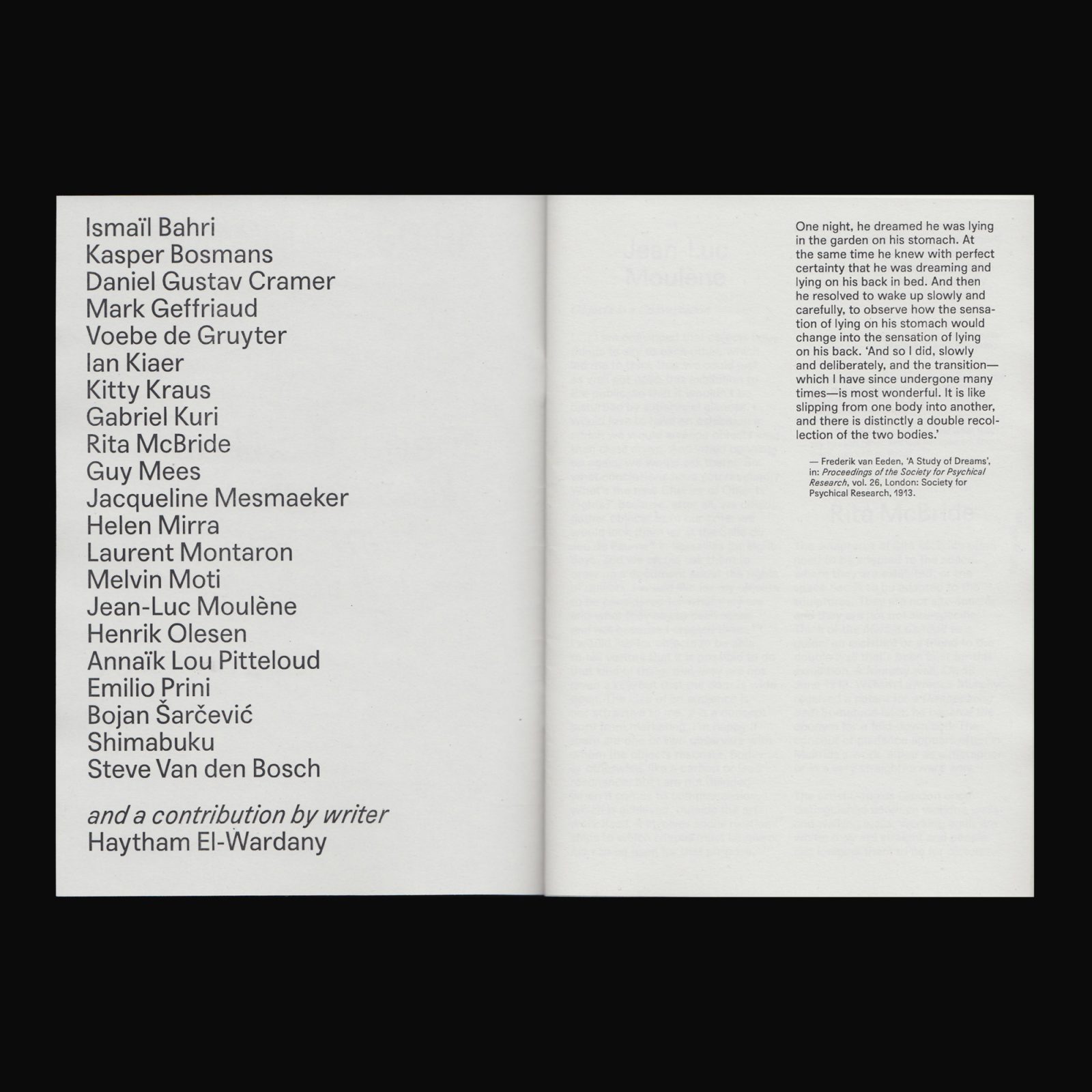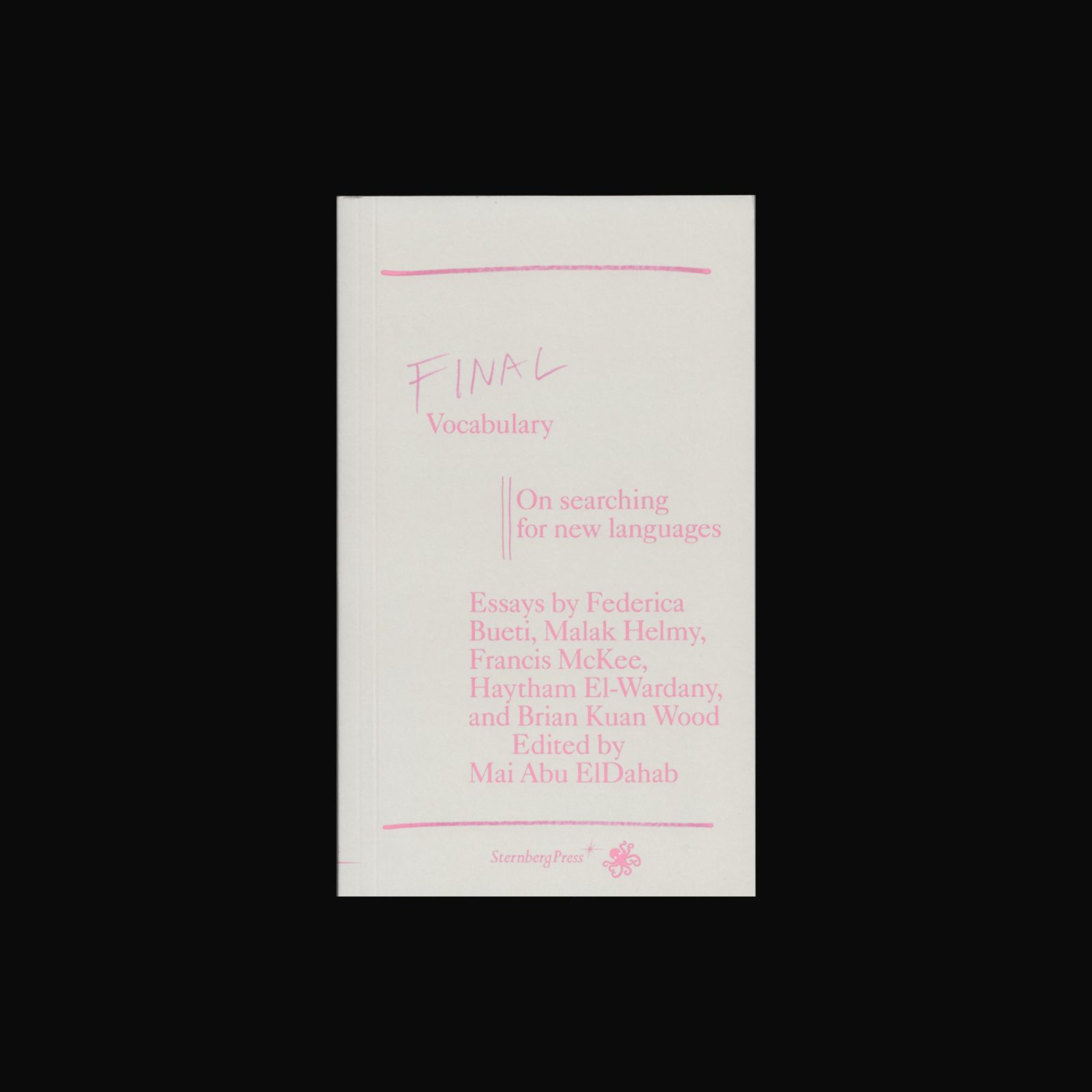How to disappear
Haytham El-Wardany
If this book had been titled something like “How to listen” or “How to be all ears,” the title would have been appropriate to the content and directly explained the book’s focus. Why, then, does the title prefer to obscure its subject rather than reveal it, running counter to a title’s traditional function? The reason is that this book is grounded in the experience of the unseen listener. Speakers are seen when they speak, whereas listeners recede into the background of the scene dominated by speakers. Listeners spend a long time listening to that around them, and hope to maintain their wall-flower position when they speak—their speech having no need to take front row or appear in the spotlight. The title of this book conceals its subject in a desire to protect the listener from returning to the spotlight once he or she has left it.
Haytham El-Wardany is an Egyptian writer currently residing in Berlin. He recently published Kitab Al-Nawm (The Book of Sleep).
This is the first book in the Kayfa ta series, a publishing initiative of Maha Maamoun and Ala Younis. Each book in the series is a monographic essay commissioned in the style of how-to manuals that situation themselves in the space between the technical and the reflective, the everyday and the speculative, the instructional and the intuitive, and the factual and the fictional. Design by Julie Peeters.








